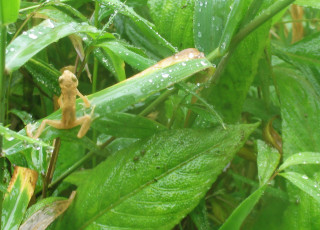The Language of Love
What creates the perfect Valentine’s Day? Flowers? Chocolates? Sebaceous glands secreting an absolutely intoxicating aroma? The perfect Valentine’s Day doesn’t just differ for each person, but for each species. Enjoy this inside look into the fascinating world of animal love languages.
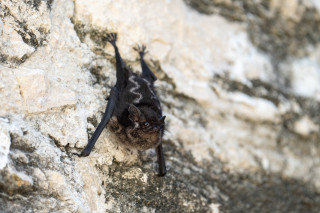
Greater sac-winged bat
Sac-winged bats have found the perfect recipe for a successful relationship. Not only do males keep a tidy roost and spout an ever-romantic ultrasonic vocal display, but they spend many an afternoon cleaning the sacs on their wing membranes with saliva and urine. Once the sacs are nice and clean, males will create a urine concoction which is placed into the sacs, and then perform a flight display over the females, sprinkling the intoxicating pee-meets-perfume mixture over the females in a behavior known as “salting.” Coupled with a hovering dance and a courtship song, this dating display is downright dreamy!

Dragonflies
Dragonflies have spent the last 300 million years evolving their aerial acrobatic mating display. This impressive free-for-all fracas is known as a “mating wheel,” a practiced and perfected behavior that puts highly specialized techniques to the test. A patrolling male will spot an inflight female and quickly grasp her thorax. Once mating begins, some dragonflies will retire to a nearby perch to consummate their brief affair, but others will clasp together in midair, creating a remarkable rotating spectacle.
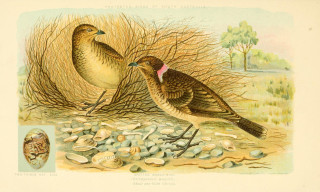
Bowerbirds
These colorful birds really know how to set a mood—at least in a DIY-musical-theater kind of way. Male bowerbirds will construct elaborate structures called bowers, containing a domed “tunnel-of-love” made from sticks painted with vegetable juices and a “stage” tiled with leaves and rocks. After the stage is built, the male will add the set design, consisting of decorations of flowers, pebbles, bones, plastic, aluminum foil, or other human-discarded items. Some males even use their beaks or a bit of bark as paintbrushes to paint a mixture of charcoal dust and saliva on the walls! As a wandering female bowerbird is enticed by the elaborate venue, the male will entertain her with a song and dance on his stage. His performance may also include the age-old courting technique of groveling along the ground, begging the female to mate. She then decides if the performance was mate-worthy, but if she lingers for too long after mating, the male will show her out so he can tidy his bower and wait for his next captive audience.
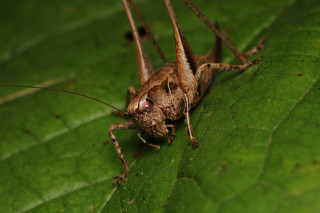
Crickets
If gifting your significant other an edible arrangement for V-Day sounds right up your alley, you may have more in common with crickets than you think! Upon mating, a gelatinous mass filled with sperm is created by the male cricket and presented as a gift to the female. This nuptial food gift is an essential part of mating in many insect species, as the females get a nutritional snack and the males keep their partners happy and full while ensuring complete transfer of the cricket’s sperm.
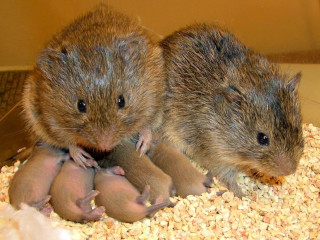
Todd H. Ahern/Emory University
Prairie voles
Shockingly monogamous, especially for a rodent, prairie voles form lifelong partnerships. They share a nest, split the parenting duties, and even console each other through touch and cuddling, empathizing when stress levels are high. These furry little creatures, just smaller than a tennis ball, even mourn when their partner dies, living out the rest of their lives widowed instead of finding a new mate. These behaviors are surprisingly similar to humans, and decades of research observing prairie voles has scientists wondering if these adorable rodents have cracked the science of love.


